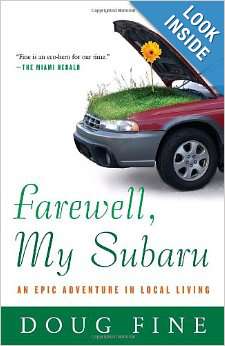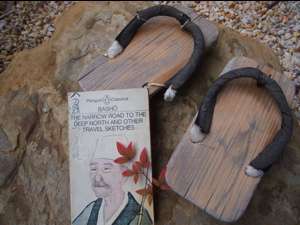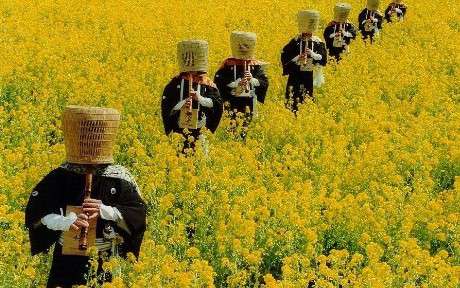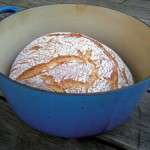26 April 2008
-No its not this author, although we can aspire...I'm referring to George Monbiot, who's new book Bring on the Apocalypse - Six Arguments for Global Justice has leapt to the top of my reading pile. To do that it displaced Nicholas Shakespeares book Secrets of the Sea which I reserved at the library with great anticipation due to my attachment to stories about Tasmania. Not to mention any number of magazines and other tempting material.
The essays in Monbiots' book were, I suspect, originally published in the Guardian in the UK. This makes for snappy, easily digested reading. If only we had such daring writers regularly featured in our daily rags here in Sydney. Monbiot makes no bones about being left wing and he lets fly with compelling discussion about so many of the ills of modern life that you find yourself cheering him on as you read. He is driven to write the material that he knows will not be well received by the establishment and bravo to the Guardian for being prepared to publish him . If it wasn't we would only find this sort of gutsy writing in journals like Resurgence and The Ecologist.

















